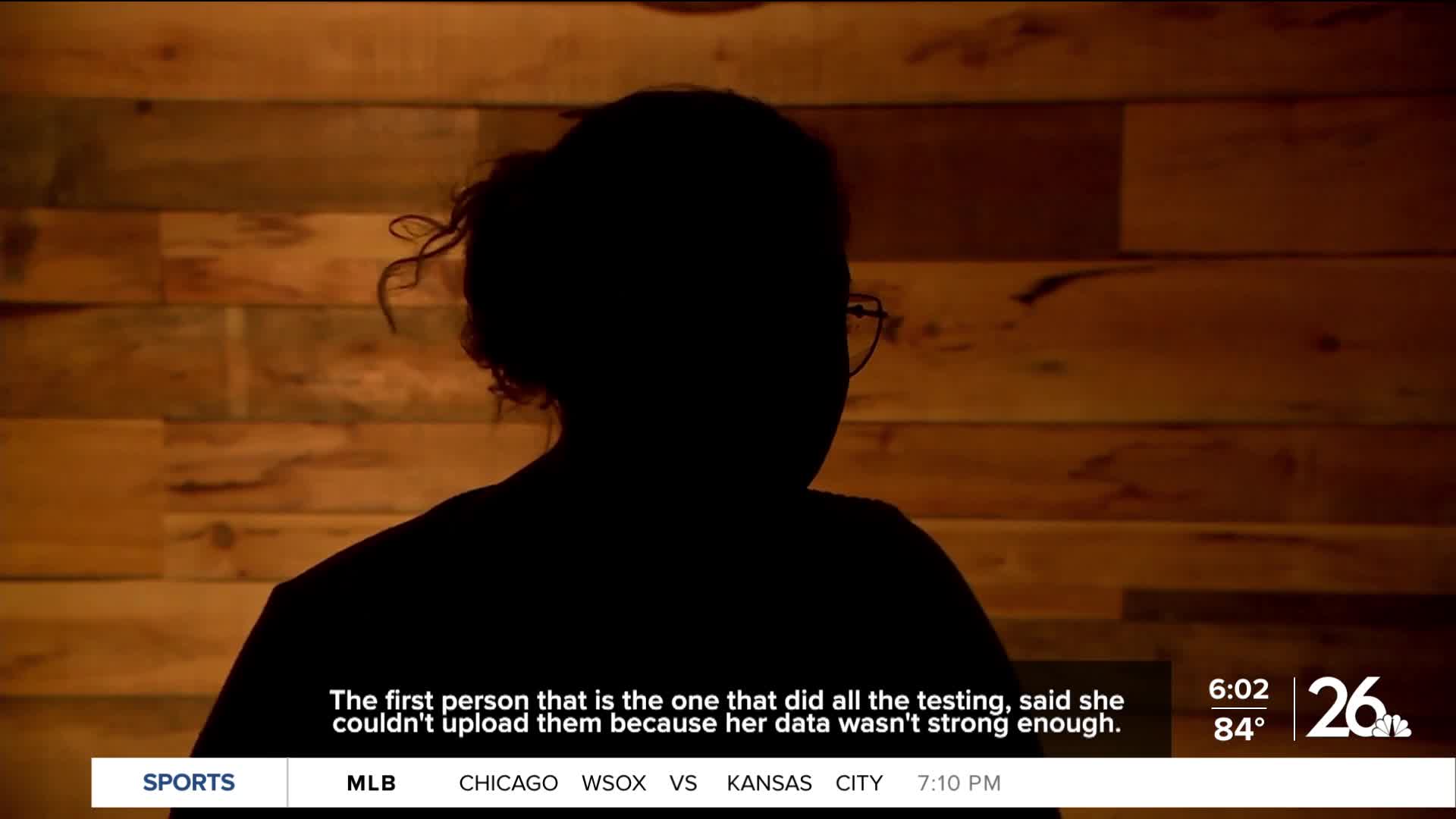WAUPACA (NBC 26) — A juror in the Tony Haase double homicide trial has revealed the key factors that led to his acquittal, including concerns about DNA evidence and inconsistent statements during interrogation.
For days, jurors in the Waupaca County courthouse sifted through decades-old evidence and hours of testimony in a case that many in the community believed pointed toward guilt.
But according to one juror who spoke anonymously, the case against Haase began to unravel behind the closed doors of the jury room.
"They straight up fed him answers for hours," the juror said.
The jury initially started with a 50/50 split on Haase's guilt, but that changed dramatically on the last day of testimony when they rewatched hours of his interrogation video.
"He was not giving, like, consistent, straight answers," the juror said. "Oh, you said I did this. So I did it. I have no memory of this."
"That didn't sit right with a lot of jurors, and they switched their answers very fast," the juror added.
DNA evidence also raised significant doubts among the jury. The juror pointed to problems with how the evidence was processed.
"The first person that is the one that did all the testing, said she couldn't upload them because her data wasn't strong enough. I think there's like a note right in a report that said peaks too weak," the juror explained.
Despite these inconclusive results, the DNA was still uploaded and linked to Haase, creating further skepticism among jurors.
A palm print found at the crime scene also became a point of contention during deliberations.
"The automated system was unable to identify as prints, so they had to manually identify it. And there was two sets, or like, I guess, two checks for the print, no match and match. So the automated system didn't find it, and then the first time it said for manual, no match. Second time manual said match that does also doesn't sit right with me," the juror said.
In the end, the final holdout juror changed their vote after considering the possibility that the DNA could have belonged to someone else.
"If you have a reasonable hypothesis towards someone else, you have to say not guilty towards the defendant," the juror recalled the deliberation instructions stating.
While the verdict has divided the community, this juror emphasized that for the panel, it was about following the law and the standard of reasonable doubt.
This story was reported on-air by a journalist and has been converted to this platform with the assistance of AI. Our editorial team verifies all reporting on all platforms for fairness and accuracy.





